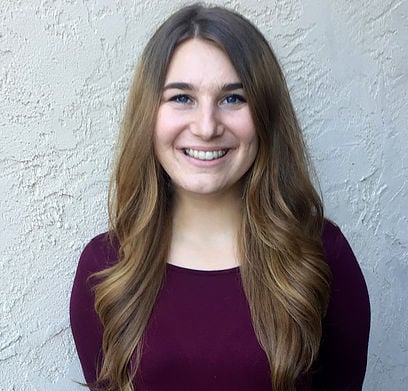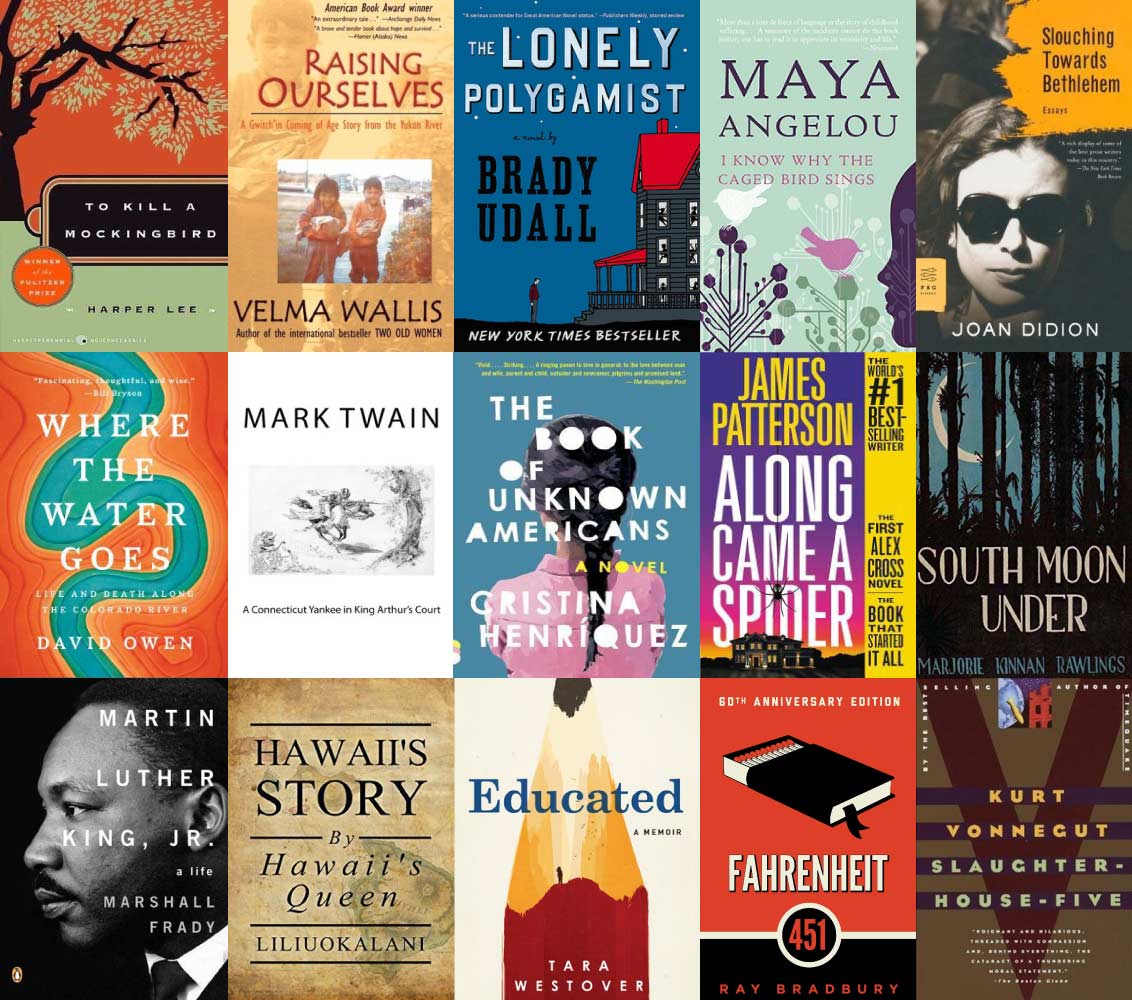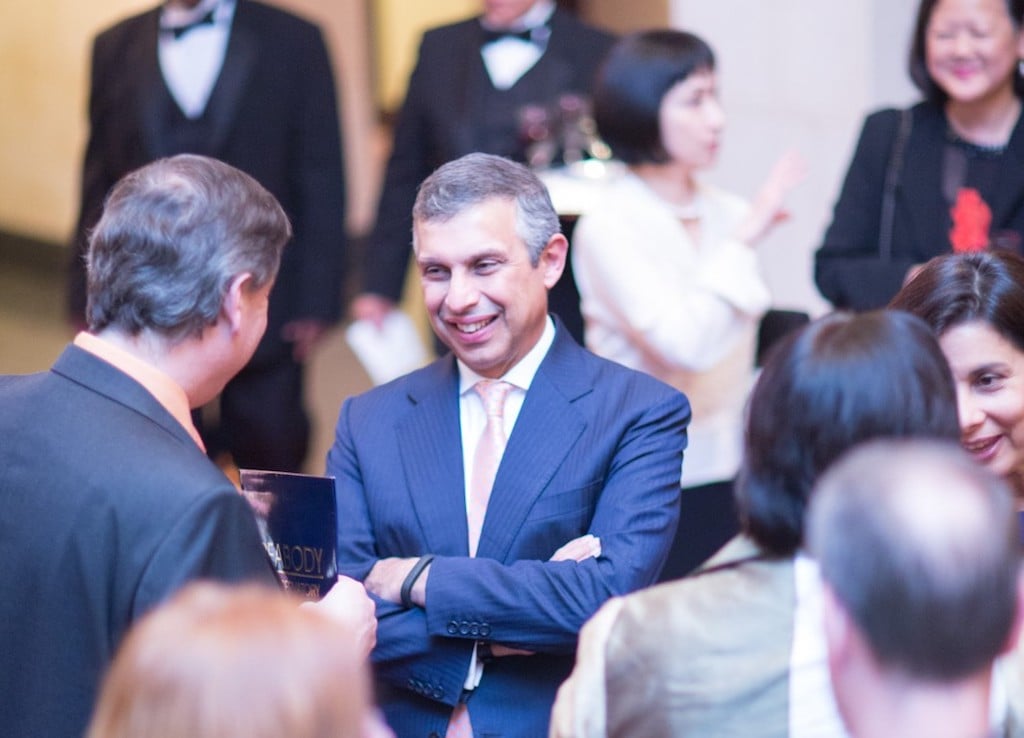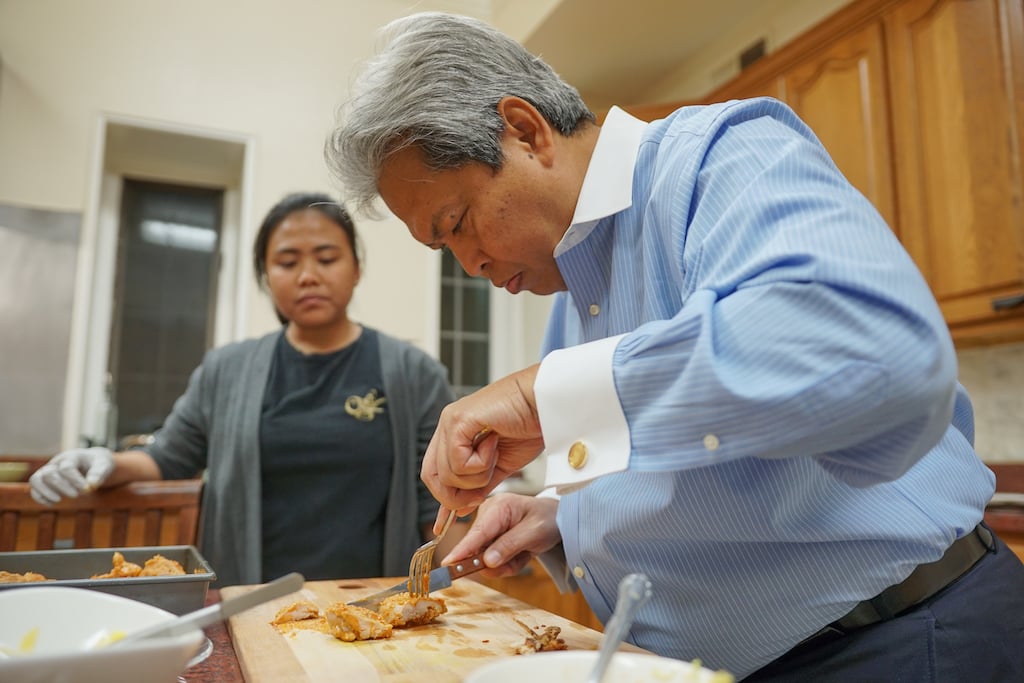Kirsti Kauppi, the Finnish ambassador to the United States, moved to Washington in 2015 after diplomatic stints in Vienna, Bangkok, and Berlin. “Winter certainly has a very important place in my heart,” Kauppi says. “It’s a very essential sort of dimension of the identity of any Finn.” We talked about how to deal with days without sun, “downshifting,” and shoveling snow.
How does winter in DC compare to winter in Finland and how many hours of light do you usually get?
I think we wouldn’t even call the winter here a winter (laughs). Obviously, winter in Finland is so much harsher and colder. It lasts six or seven months in the north and maybe three months in the south. It’s longer back home and colder. There’s always snow and it stays on the ground for quite some time. One thing that is very different and actually has a big impact is that in Finland, the winter is dark. Since the country is so much further up in the north, winter days are very short.
It depends how many hours of light we get. If you are in Helsinki, which is on the southern coast, the shortest day from sunrise to sunset is about five hours. It doesn’t really get very light at all. I come from central Finland, where the amount of daytime is shorter. In northern Finland, the period without any sun is more than a month. Just about 200 miles north of Oulu, where I’m from originally, the sun doesn’t rise at all.
How does that lack of sunlight affect how you go about your daily life?
It doesn’t in the sense that we would be prevented from doing anything we’d normally do, but, obviously, it has an impact on people because all of us know that if it’s a sunny day, you feel totally different from if it’s a cloudy and dark day. I think the positive side is that when we get to have longer days it’s really a cause of joy and you feel the difference. People appreciate when the sun is back. The other impact I think is quite positive is the fact that it’s dark sort of normalizes the idea that you do some downshifting. You take it easier, you relax more and turn down your daily life. You change the pace of life a little bit and I think that’s good and healthy.
This is kind of a perfect segue. Winter can make everything in a busy city more stressful, especially in a place like DC. How do you find comfort and coziness in the winter at home in Finland and now here in DC?
This is not winter specific, but one important element that probably is even more important in the winter is sauna. We have something like 5.5 million people in Finland and somewhere between 2 million and 3 million saunas. It’s an important part of the culture. The sauna is an important place for unwinding, for relaxation and reflection. It’s sort of downshifting again. In the winter, it feels even more important because it’s dark and cold, so sauna would certainly be an important part of everyday life of a Finn in the winter. That’s what I do, too. I have a sauna at my residence and we have a sauna at the embassy.
How big are the saunas at the embassy? My understanding is that it’s a room with steam and stones, are all those elements there in your sauna?
Yes, they are the important elements. The sauna here at the embassy, it can fit something like over 10 people at a time. My sauna at the residence is a little bit smaller. We also have saunas for even one person in Finland and for all kinds of groups. I would say almost every Finnish home has a sauna. We have a third sauna for the staff and their families, which is adjacent to the residence. That’s one part of the Finnish culture that we have brought to Washington, DC. I think it’s very healthy. What we do back home is in the winter, you go to the sauna which is very hot. Then you go out in the snow or swim in the frozen lake and it sort of helps with your circulation. I enjoy the sauna because it’s a perfect form of relaxation and meditation.
What a great detail. How do you get to work during the winter here? Does your routine or commute change?
The most distinctive feature here is that if there’s even a little bit of snow everything gets put on hold. That’s something that we have to take into consideration at the embassy. We follow the local snow day rules. In circumstances which back home wouldn’t be even worth mentioning, we have to take into consideration the traffic here and all kinds of things. The winter conditions are not the problem, but we want to signal that since we’re here in Washington, DC, we should follow the local customs in this sense. Back home, the whole infrastructure is geared to managing snow situations so everything runs as normal. In my hometown, people go to work by bike even in the cold and snow. It’s just a question of equipment and clothing. Back in Helsinki, I don’t think the winter really intervenes with how you go to work.
What do you like to wear in the winter?
You need a large selection of clothes because if it is freezing, you have a huge difference between if it’s just freezing a little bit or if it’s really cold. I love to wear my winter gear when we get snow here because it feels like home. One of my best memories here in Washington is from the huge snowstorm we had a year and a half ago when we got I think almost two feet of snow. I was sitting at my residence in my winter garden and the snow started piling up and the world was so quiet and still, it was really quite fantastic. It felt like I was at home. It was also different in the sense that everything was totally quiet and still for a couple of days.
DC’s such a busy city, I bet it’s hard to find that quietness.
Exactly. It was that kind of a period. There was no sort of car sounds. The only sounds you could hear were birds. Again, back home, even if everything operates the same whether there’s snow or not, snow changes it. It brings light to the darkness, which is quite important. To have snow in the winter is wonderful because it brings more light and then this stillness and feeling that everything is muted and softer. One important feature I think in the winter, which is also something special, is the Northern Lights, which of course we don’t get here.
Is there a Finnish dish or drink that you associate with winter, maybe something you buy or make?
We drink quite a lot of glögi (spiced mulled wine) in the winter, although it’s more associated with Christmas. It’s something you prepare maybe in November when it’s already dark, and then again in December. We drink that all over the Nordic countries. We also drink a lot of coffee. Finns are one of the biggest coffee drinkers per capita in the world. I think it’s partially because of the winter.
What do you like to do with your friends and family in the winter?
We do a lot of skiing. The conditions here aren’t great for skiing. Ice skating is something that can be done here. One activity which Finns like a lot is shoveling snow. When the snow starts falling, we love cleaning it away. It’s a nice past time. You clear your yard and make small paths in your yard to walk on. When our current president Sauli Niinistö was elected for the first time, there was a picture of him clearing his own yard with a shovel. It’s the everyday work that everyone does and loves doing. I have a wonderful picture from my residence from the same snowstorm that I mentioned. We got a couple of feet of snow and some of my staff came to shovel the snow to allow me to come out because I was snowed in. There was three or four feet of snow on each side of the stairs. As soon as the snow starts falling, people in Finland start to shovel.
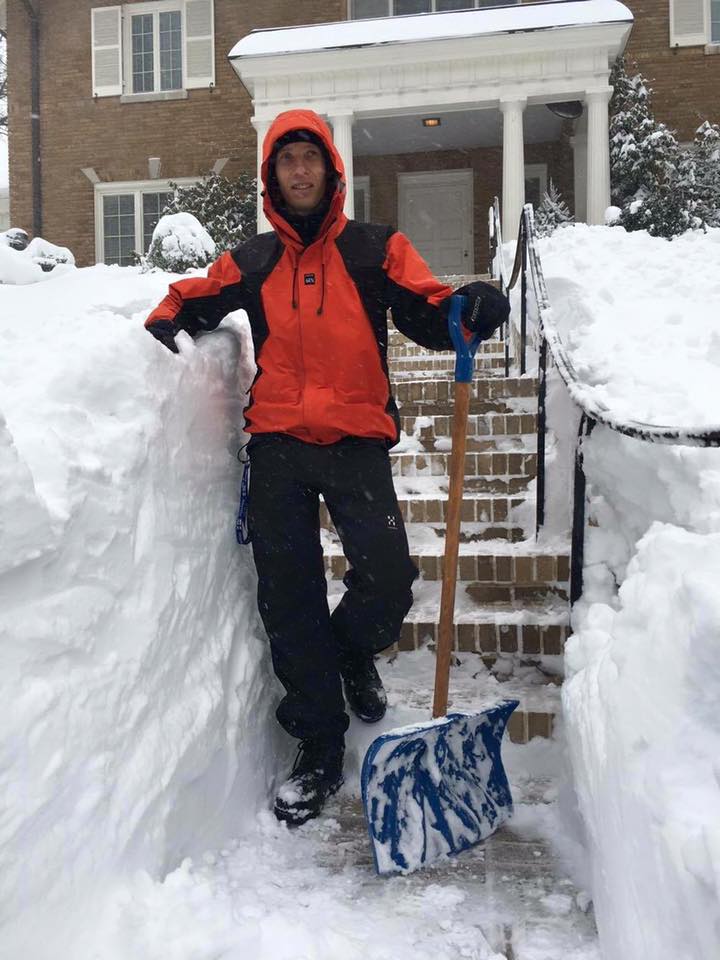
From what you’re saying it sounds like the season brings people together.
It certainly has a very important place in my heart. It’s a very essential sort of dimension of the identity of any Finn. The fact that winter is a totally separate, long season is important. So is the contrast: A dark winter and a lot of sunshine and daylight in the summer. They are very important for us as well.
Is there any winter activity or tradition you do with the other ambassadors?
As far as the embassies are concerned, we do a Lucia celebration, which is very much a Swedish tradition that we have that in Finland. The Swedish Embassy does it here, so we go to theirs and it’s very nice. Lucia is all about light and the purpose of light is important in darkness so there’s a lot of symbolism related to it. As far as we are concerned, you have to know that Santa Claus lives in Finland (laughs). That’s what we sort of claim every December.
We are quite a tight knit circle of friends and we get together for different events. We don’t have so much time to spend together, but this is a group that you know you can rely on and turn to at any time. It’s important for everyone and I know at least for me, I love this Nordic circle of friends.
What do you have planned for the holidays?
A very important celebration is what we call the Little Christmas, which is well before the actual Christmas. At the embassy, we have a tradition where the program and arrangements are done by the newcomers. Those who have arrived in the past year are the ones who organize the party. It’s very different each year and a lot of fun. We also organize a Christmas service here at the embassy for the Finnish community and their friends and there’s a Finnish Christmas Bazaar every year at a church outside of the city. The staff itself organizes a Christmas service too. This is not too big of an embassy, but we all know each other well and it’s very important to do things together. We just went to a food bank to volunteer. Each year we do something different.
This interview has been edited and condensed.
A version of this article appears in the January 2019 issue of Washingtonian.


